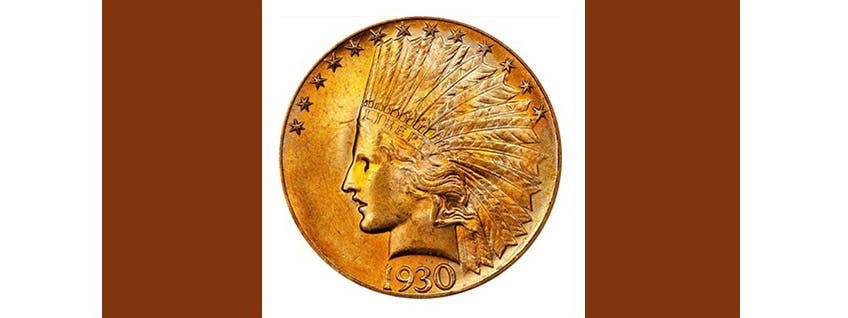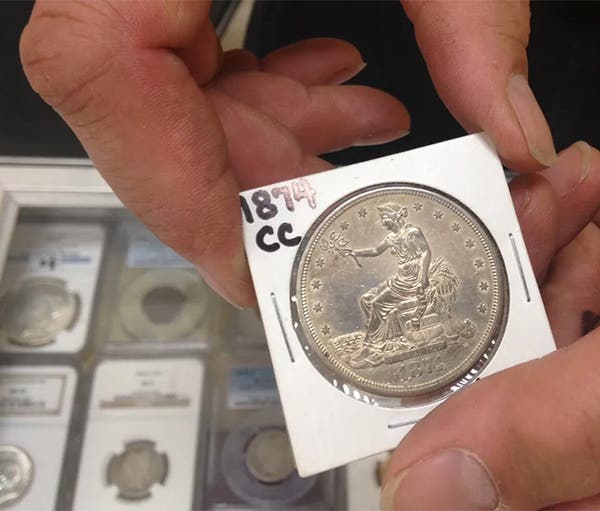Peace dollar offers low-cost beauty
As silver dollars go, we probably spend less time thinking about the 1922 Peace dollar than we do any other date produced after 1878.
As silver dollars go, we spend probably less time thinking about the 1922 Peace dollar than we do any other date produced after 1878. It really should not be that way for it suggests that our prime concern in the case of silver dollars is price or rarity as opposed to historical importance and beauty.
In part, the 1922 dollar suffers by being in the Peace series. There is absolutely no good reason why, but we focus on the older Morgan dollars more than we do on the Peace dollars. It is ironic as collectors can afford to complete a Peace dollar collection in virtually any grade but a Morgan set is far more costly and complex.
Some seem to think at least part of our fascination with the Morgan has to do with its design. That is a bit strange as most art critics prefer Anthony De Francisci’s design. Moreover, the Peace dollar had been born from an idea expressed at an American Numismatic Association convention whereas the Morgan emerged at the behest of mining company executives and their political cronies trying to figure out how to prop up the price of silver by having the government buy more for use in dollar coins.
The Peace dollar series was replacing the 270 million Morgan dollars melted in 1918 under terms of the Pittman Act.
A coin that celebrates the return of peace after World War I you would think should be more appealing than a coin created to bail out silver mines and their owners.
There is also the belief that the Morgan dollar is a product of that glamorous period known as the Old West. That has an element of truth, although relatively small. Few 1888 or 1894-O Morgan dollars were ever seen in the saloons of the frontier.
By the time the 1896 appeared, Custer had been dead for 20 years. When the 1903 was minted, Teddy Roosevelt was President and gunboat diplomacy was replacing drawing covered wagons in a circle as defensive strategy.
The Peace dollar might seem far more like a product of bathtub gin, flappers and Paris cafes of the Lost Generation, but some might find that period far more interesting that unwashed cowboys in drunken street brawls.
Introduced in 1921, the Peace dollar immediately had to be changed as its relief was too high. This created a scarce issue with a mintage of just over 1 million.
When 1922 rolled around, production began with high relief. It is estimated that as many as 35,000 were made but most were destroyed.
The few that exist have concave fields, heavy letters, three berries on the branch and 22 rays. The lower relief 1922 dollars as well as the other years have flat fields, light letters, four berries and 25 rays.
Production of the 1922 dollar was high. Philadelphia’s 51,737,000 coins was an all-time record. This means it will never be rare even if many are melted.
Priced at $44 in MS-60 and $156 in MS-65, any collector can afford an example.
As might be expected of a common issue, the 1922 has not a rip-roaring investment. The 1998 MS-65 price was $135. But if beauty of design and the Roaring ’20s interest you, owning a 1922 Peace dollar is just the ticket.
More Coin Collecting Resources:
• February only! Save 50% on the most comprehensive world paper money CDs.
• Strike it rich with this U.S. coins value pack.
• Build an impressive collection with Coin Collecting 101.








